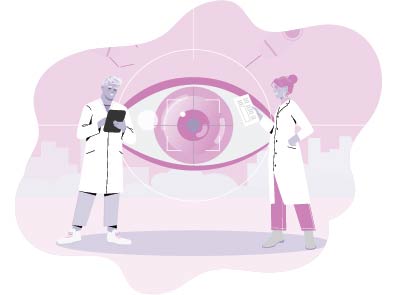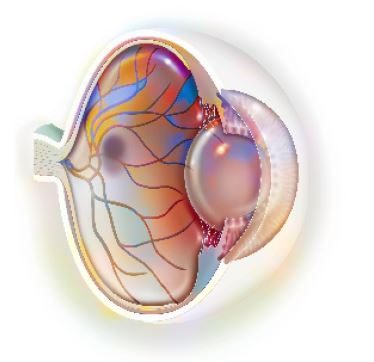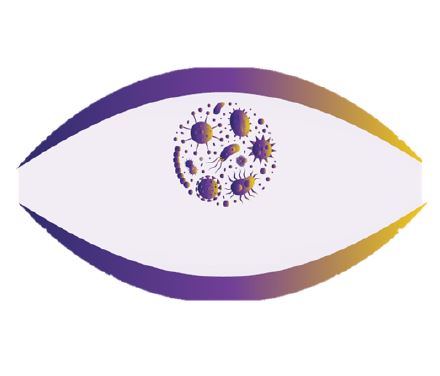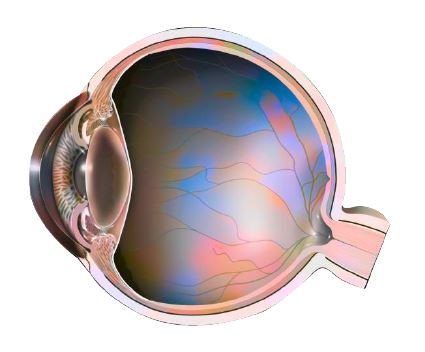OphtaConnect
Serous Business: Delineating the Broad Spectrum of Diseases With Subretinal Fluid in the Macula
A variety of ocular diseases can cause serous subretinal fluid (SRF) in the macula, which might mimic central serous chorioretinopathy clinically (CSC). A wide variety of diseases and conditions can also present with SRF in the macula and can therefore clinically mimic CSC.
Since distinguishing between these diseases and CSC might be difficult, the author provides an extensive differential diagnosis of CSC. The study highlights the pathogenic mechanisms specific to each disease, which aid in the differential diagnosis. These diseases can be broadly categorised into 12 main pathogenic subgroups (Figure 1).
The study also includes:
- The diseases, clinical characteristics, differential diagnostic aspects, and treatment options pertaining to the diseases.
- Two new clinical pictures associated with macular subretinal fluid accumulation, namely serous maculopathy with the absence of retinal pigment epithelium and serous maculopathy due to aspecific choroidopathy.
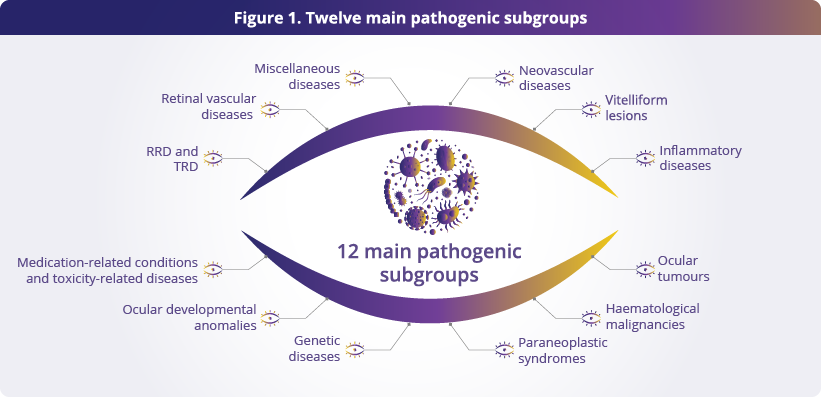
RRD: Rhegmatogenous retinal detachment; TRD Tractional retinal detachment.
Serous maculopathy with the absence of retinal pigment epithelium and serous maculopathy due to aspecific choroidopathy (Figure 2, A and B).
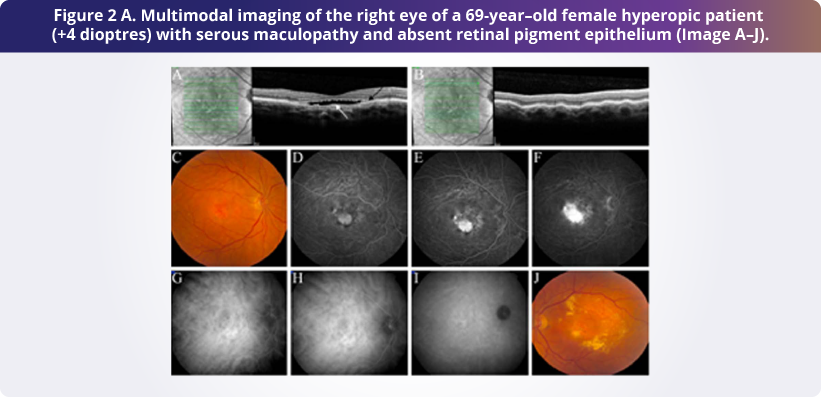
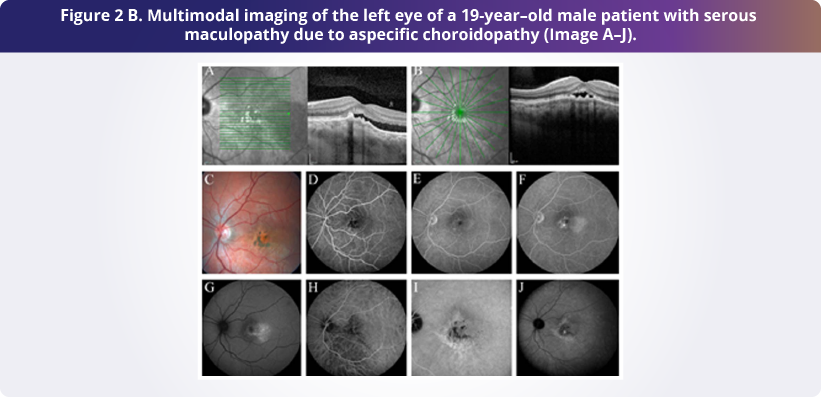
In conclusion, serous SRF in the macula can mimic CSC and manifest with a wide range of diseases and conditions. Inflammatory diseases and malignancies are on one end of the spectrum, while genetic diseases and ocular developmental anomalies are on the other. However, each of these conditions can be distinguished diagnostically from CSC using the appropriate clinical tools and ophthalmological examinations.
Source:
van Dijk EHC, Boon CJF. Serous business: Delineating the broad spectrum of diseases with subretinal fluid in the macula. Prog Retin Eye Res.
2021 Sep;84:100955. doi: 10.1016/j.preteyeres.2021.100955.
NON-2022-15053 - Date of creation January 2023
